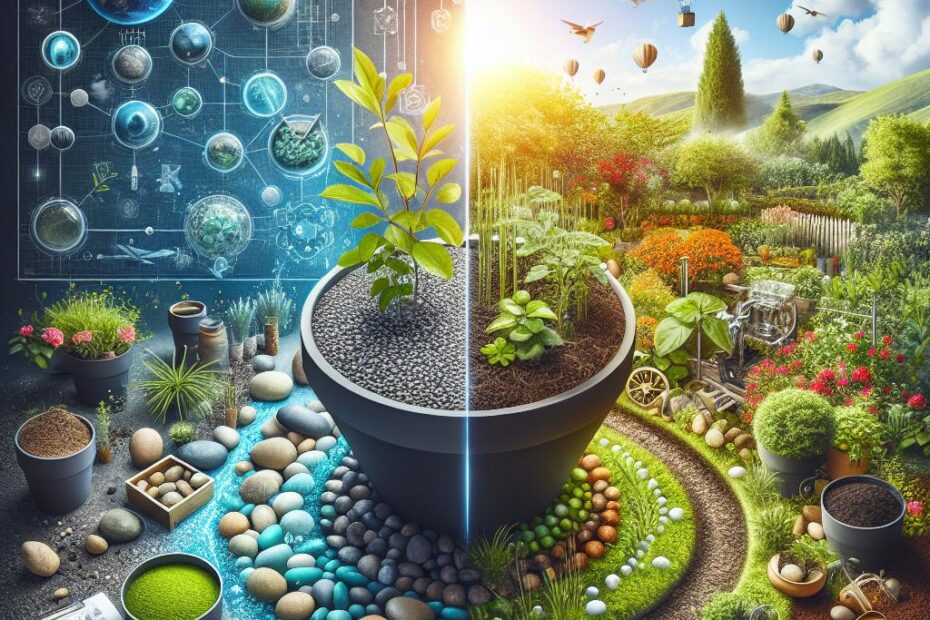Title: What is the difference between potting soil and topsoil? A complete guide
Introduction
When it comes to gardening and landscaping, understanding the differences between potting soil and topsoil is essential. While both are used to support plant growth, they serve different purposes and have distinct compositions. In this comprehensive guide, we will explore the key differences between potting soil and topsoil, their uses, benefits, and practical tips for choosing the right soil for your specific needs.
What is Potting Soil?
Potting soil, also known as potting mix, is specifically formulated for use in containers, pots, and other indoor and outdoor planters. It is a lightweight, well-draining medium that typically contains a blend of organic materials such as peat moss, compost, and perlite, along with mineral components like sand and vermiculite. Potting soil is designed to provide optimal aeration, drainage, and nutrient retention for potted plants.
What is Topsoil?
Topsoil, on the other hand, is the top layer of soil found in the ground, typically ranging from 2 to 8 inches in depth. It is a natural soil composition that contains a mixture of organic matter, minerals, and microorganisms. Topsoil is commonly used for outdoor garden beds, lawns, and landscaping projects to provide a foundation for plant roots and promote healthy growth.
Key Differences Between Potting Soil and Topsoil
-
Composition: Potting soil is a manufactured blend of organic and inorganic materials, specifically designed for container gardening. Topsoil is a natural soil composition found in the ground, with a mix of minerals, organic matter, and microorganisms.
-
Drainage: Potting soil is formulated to provide excellent drainage for container plants, preventing waterlogged soil and root rot. Topsoil may require amendments or mixing with other materials to improve drainage for outdoor planting areas.
-
Nutrients: Potting soil often contains added nutrients and fertilizers to support plant growth in a confined space. Topsoil may have varying levels of nutrients based on location and soil quality.
-
Weight: Potting soil is lightweight and easy to handle, making it ideal for potting plants and indoor gardening. Topsoil is heavier and more compact, suitable for outdoor projects like garden beds and landscaping.
-
Sterility: Potting soil is typically sterile or pasteurized to prevent the growth of pathogens and weeds in containers. Topsoil may contain weed seeds, insects, and other contaminants that can affect plant health.
Benefits and Practical Tips
- When choosing potting soil, look for mixes that are specific to your plant’s needs, such as cactus mix for succulents or seed starting mix for germinating seeds.
- Mix topsoil with compost, peat moss, or perlite to improve its texture, fertility, and drainage for outdoor planting projects.
- Use potting soil for container gardening, indoor plants, hanging baskets, and other confined growing spaces where drainage and aeration are crucial.
- Consider testing your topsoil for nutrient levels, pH balance, and organic matter content to determine if amendments are needed for optimal plant growth.
Case Study: Container Herb Garden
For a container herb garden on a balcony or patio, potting soil is the ideal choice for growing herbs like basil, parsley, and mint. Choose a high-quality potting mix with good drainage and add a slow-release fertilizer to provide nutrients for the herbs throughout the growing season.
First-Hand Experience: Vegetable Garden Beds
When establishing raised vegetable garden beds in my backyard, I used a blend of topsoil, compost, and perlite to create a nutrient-rich planting mix. The topsoil provided a solid base for the garden beds, while the compost and perlite improved the soil structure and drainage for healthy vegetable growth.
Conclusion
In conclusion, understanding the differences between potting soil and topsoil is essential for successful gardening and landscaping projects. While potting soil is designed for container gardening and indoor plants, topsoil is best suited for outdoor garden beds, lawns, and landscaping. By choosing the right soil for your specific needs and following practical tips for soil preparation, you can create thriving plant environments and enjoy a bountiful harvest or lush landscape. Remember to consider factors like composition, drainage, nutrients, weight, and sterility when selecting soil for your gardening endeavors. Happy gardening!
